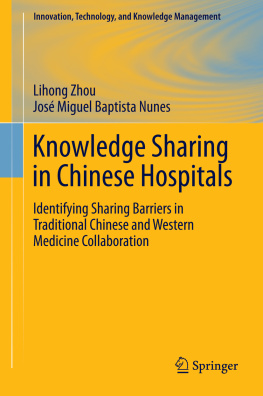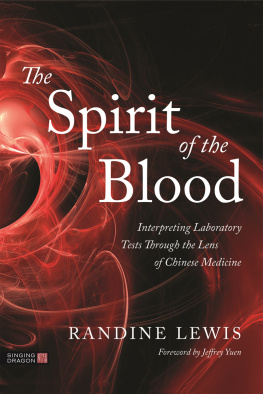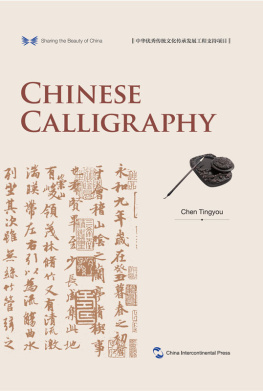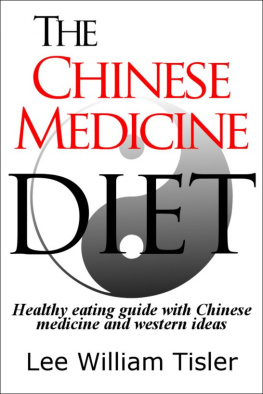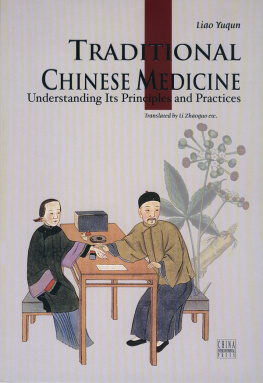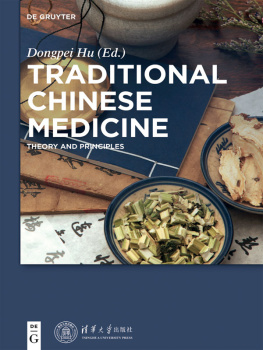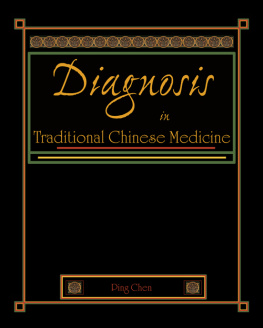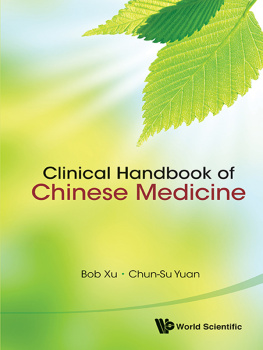1. Introduction
1.1 Research Background
At this moment of entering the medical institution, I would like to swear a solemn oath:
I am willing to devote myself to medicine, to my beloved motherland, and to the people.
I will comply with the medical ethics; respect my teachers and their disciplines; study assiduously and tirelessly; develop all medical skills.
I determine to dedicate all my efforts to fight against human illnesses, and to maintain the sanctity and honour of medicine, life-saving, painstaking, and persistent.
I will devote myself to the practice of medicine in the land of China and to the well-being of humanity.
Ministry of Education of the Peoples Republic of China (1991), Official Document, No. 106
In 1950, immediately after the establishment of the Peoples Republic of China (PRC), and as advocated by the first communist president Chairman Mao Zedong, the First National Healthcare Conference approved the creation of a national healthcare system, based on the provision of two very different types of medicine, namely Traditional Chinese Medicine (TCM) and Western Medicine (WM) (National Healthcare Conference 1950; cited in Hillier and Jewell 1983).
TCM has been a consistent element of Chinese culture (Wong et al. 1993), and was developed as the result of the accumulation of experiences and medical practices for over 2300 years (Cheng 2000). Hyatt (1978) asserts that TCM is not just folk medicine, but a highly developed art and science. However, TCM lost the dominant position it had held for thousands of years over the Chinese public health system to WM at the beginning of the twentieth century. WM, based on the scientific paradigm and evidence-based practice, was developed in Europe and North America after the industrial revolution, and is largely considered as the main component of todays Chinese healthcare system, despite its coexistence with TCM (Chi 1994).
The political decision for the TCM and WM collaboration was particularly important to the Chinese communist government. Taylor (2004) points out that, after the establishment of PRC, the Chinese communist government used TCM as a strategic tool to distinguish the new communist China from its superstitious and feudal past as well as to illustrate the Chinese cultural heritage. Therefore, in 1954, two main strategies were formulated, not only to bridge the gap between the two very distinctive professional communities, but also to explore possible areas of collaboration. Firstly, a number of TCM universities were established all over the country to provide formalised TCM education and to conduct systematic and scientific research on both TCM and its collaboration with WM. Secondly, a nation-wide search was conducted to select 2000 good WM professionals, who were pulled off from their jobs for full-time study of TCM and to explore methods of collaboration (Taylor 2004). These initial political decisions encouraged the two medical communities to work together and created the conditions for a complementary relationship that still exists today.
Nonetheless, the coexistence and the complementary relationship between TCM and WM communities were not always harmonious and stable. Not long after the formulation of the complementary relationship and the establishment of TCM specialised higher education (HE), TCM was put under stress during the Great Cultural Revolution (19661976), since the government at that time considered TCM as a feudal product of the old China, needing to be eliminated (Chen 1999; Fruehauf 1999). In this period of time, not only was the number of Chinese Traditional Medicine Colleges dramatically decreased from 21 to 11, but also the practitioners of TCM were criticised as feudalists and some were even persecuted (Fruehauf 1999). In contrast, during this crisis for TCM, WM reinforced its dominant position over the Chinese healthcare system and services.
Mao Zedongs death in 1976 brought an end to the Great Cultural Revolution as well as the crisis of TCM (Hesketh and Zhu 1997). The position of TCM was reinstated by the Official Document no. 52 issued by the central government in 1978 (Lv 2005). According to this author, the official document emphasised two points, namely: equality in the support for Western medicine and traditional medicine, and equal development of the two types of medicine. Since then, the official political statements have consistently declared that TCM and WM are equally supported, despite the dominance of WM (Liu 2004). Again, a recent public statement made by Zhu Chen, the Minister for Health, restated that the Chinese government equally supported both TCM and WM in the national healthcare system (Cai and Ju 2010).
Many researchers (e.g. Fruehauf 1999; Taylor 2004; Hyatt 1978) assert that the political decision was very successful, since it created a complementary relationship between the two types of professionals working in collaboration against a number of diseases deemed to be untreatable by WM alone (Taylor 2004, p. 103).
In any case, the complementary relationship and the collaboration of the two types of healthcare professionals should be patient-centred. Every individual Chinese healthcare professional is required to swear a medical oath (as shown at the beginning of this chapter) when becoming a medical student and is expected to follow it throughout their career. This oath does not only repeat the dedication to the motherland, but also stresses the devotion to the people and the well-being of humanity, which indicates that the healthcare services should be focused around patient needs and interests.
In fact, in 2006, by the request of the central government, patient-centred healthcare was introduced in all healthcare facilities and was required to be adopted by all healthcare professionals. However, some of these policies, movements and statements are made more for political purposes, and in this case their implementation does not necessarily benefit the patient. In fact, this politically inspired collaboration and complementarity does not guarantee that the interests of the patient are always protected and placed at the centre of the collaborative processes. If the benefits to the patient are not very well protected by these political decisions, then there is a contradiction to the patient-centred care advocated by the Chinese central government.
In order to ensure the patient-centeredness in the TCM and WM collaboration, it is essential for healthcare professionals to communicate and share knowledge with each other in order to look after the needs, requirements and benefits of the patient (Steward 2001; Maizes et al. 2009). Nonetheless, and in practice, the two types of healthcare professionals do not necessarily communicate and share knowledge (Liu 2005). In truth, there are barriers impeding the processes of sharing knowledge (Sun 2003; Liu 2005).
This book reports on a research project and aims at identifying knowledge sharing barriers in the patient-centred collaboration of TCM and WM healthcare professionals in the context of Chinese healthcare organisations. Ultimately the intention behind the project was to seek understanding of these barriers. In order to comprehend the nature of the problem, the following sections discuss definitions of the base concepts involved, namely: patient-centred care, knowledge sharing and the research context. The book then uses these basic concepts to develop a theory of the barriers.

